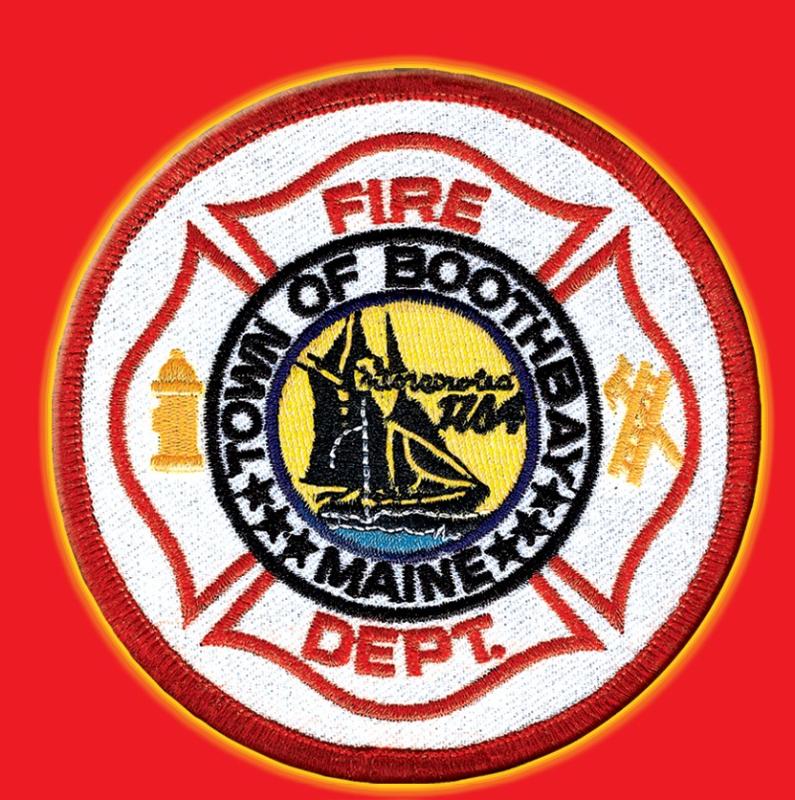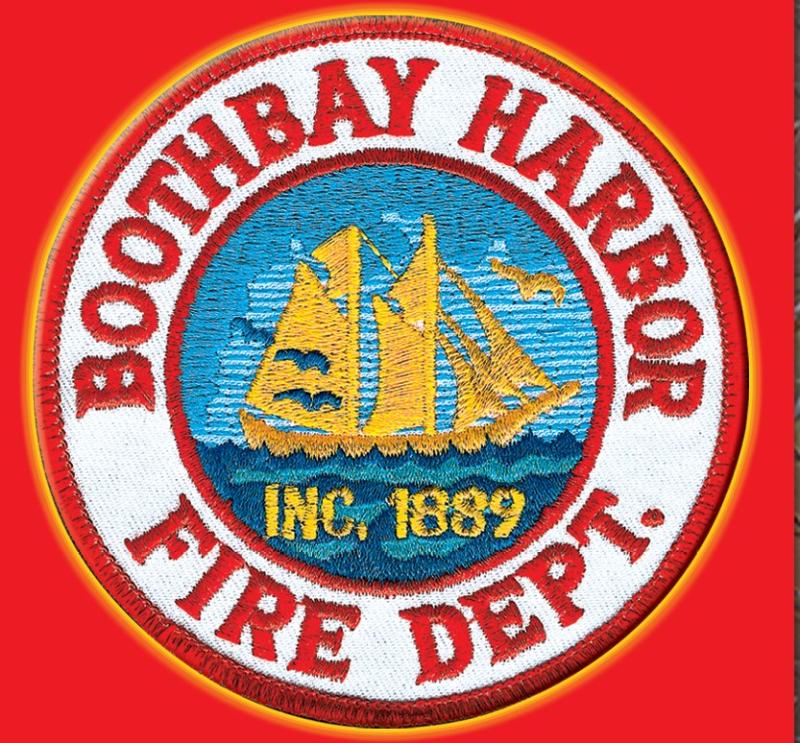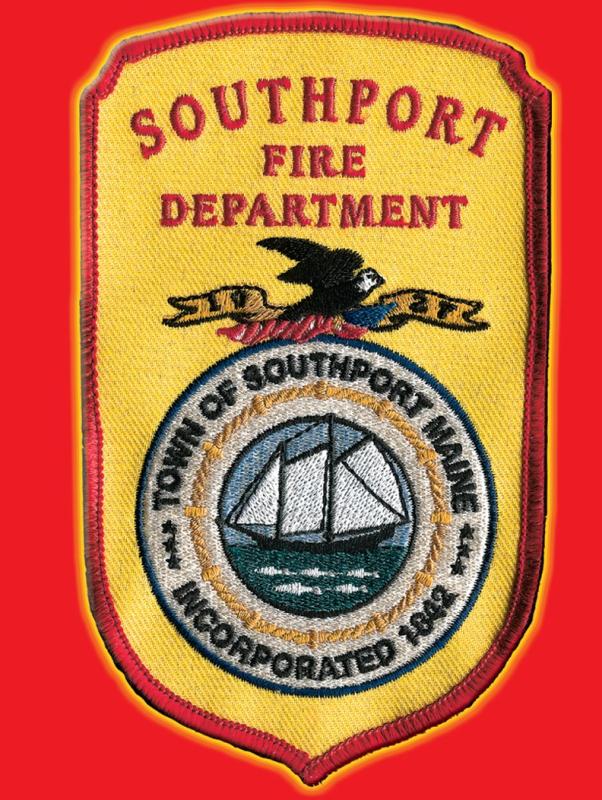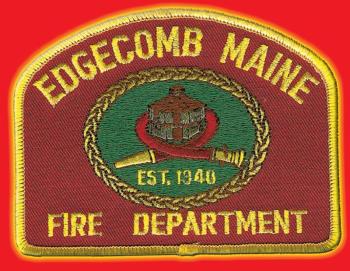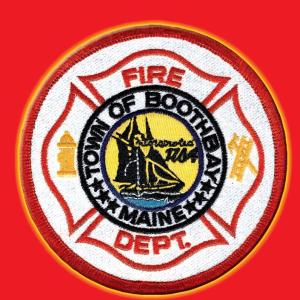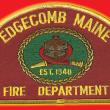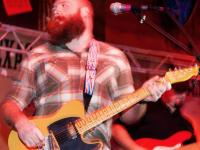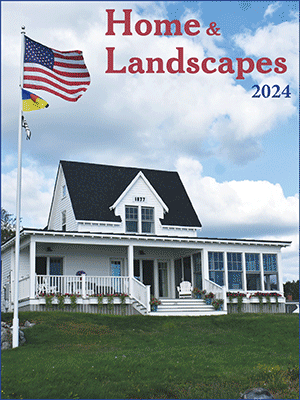Fire Mutual Aid – What is it and what do we do?
Over the past several weeks three significant structure fires have occurred, and I have been approached by several members of the public with questions related to these fires ranging from, “Why does it take four fire departments to put out a structure fire”, and “How many firefighters does it take to put out a fire” to“What isMutual Aid”. I thought I would take this edition of the Chief’s Corner to address those great questions and more broadlydiscuss the key tenants of mutual aid.
Fire Departments in Maine
Approximately 93% of all fire departments in Maine are staffed by volunteer firefighters. Using Boothbay Fire as an example, we have on active duty 31 volunteer firefighters, and 80%, or 25 firefighters alsohave full time jobs such as electricians, plumbers, IT consultants, contractors, lawyers, and owners or managers of businesses and municipal organizations, etc. These firefighters are also your neighbors, serving our community 24/7, 365 days a year. We average 265 calls per year, ranging from fire alarms and flooded basements to serious structure fires, motor vehicle accidentand major multi day storm related events.
Firefighters responding to fire callson the peninsula are volunteers,but they also spend their time onactivities such as fire and rescuetraining,decontaminatingand cleaning equipment, departmental meetings, grant writing and development, community education events and fund raising. Through the work of ourvolunteerfirefighters who spent over 2,500 hours of their own time in 2024performing fundraising and communityeducationevents such as bottle drives, cornholetournaments and applying to state and federal grants for equipment, we are able to use the money raised by our firefighters to buy criticalsafety equipment and being good stewards of taxpayers’ dollars.
While we have 31 firefighters on staff, on any given day or week, and depending upon sickness, vacations or our firefighters attending to theirfulltime jobs, the available number of firefighters to respond to calls can fluctuate significantly. Which is a good segue to our topic of what is Mutual Aid and why it’s critical to everyone’s safety.
What is mutual Aid?
A typical structure fire requires over 40 firefighters performing a variety of critical tasks, which I will explain shortly. Additionally, a structure fire requires over 10 different pieces of fire apparatus – ranging from tankers, pumpers, aerial ladders, rescue trucks and fireutility/air bottle refill support to fight the fire. There is not a volunteer or full-time fire department in the state of Mainethat can fight a serious structure fire on their own given the required staffing, equipment and fire safety protocols, which is why we have mutual aid protocols. For a structure fire or serious event on the Boothbay Peninsula, Mutual Aid is automatically issued for Boothbay, Boothbay Harbor, Edgecomb and Southport Fire departments.
Let’s now get into the details of what happens when a 911 call comes in for a structurefire and what actually happens on a fire scene.
The LincolnCounty Emergency Communications Center is staffed 24/7 to take 911 calls from the public and commercial businesses. Additionally, firefighters carry two critical pieces of communications equipment. A pager, which receives toned alarms and live verbal communications about the event from Lincoln Country Emergency Communications, and a Fire app on their phone which has the incident key details, including directions to the fire incident and a map, and the ability for firefighters to indicatetheir response to the event.
What does it take to fight a structure fire?
Everystructure fire we deal with is unique and incrediblydifferent. Factors range from the size and intensity of the fire, the type of structure, what is stored within the structure as well as environmental conditions such as wind, heat, humidity, etc.
Despite thisvariability, there are established protocols and safety procedures that are rigorouslyfollowed for every fire.
Incident command: Required firefighters – 2 to 6, depending on the size of the fire
Incident command is comprised of the Fire Chief, DeputyChief, and Assistant Chief and control of the structure is the responsibility of the Incident Commander, who has overall responsibility for the safety of the residents and firefighters. Fire Chiefs arriving from surrounding departments will also support the Incident Commander, with these team members supervising operations for exampleon each side of the structure, water supply, as well as with other fire related operations. Overall control of the residence or commercial structure is the responsibility of the Fire Chief/Incident Commander during an actual fire, and the IncidentCommander will survey the situation and plan the fire attack response.
Key elements encompassing the attack plan are if there are known occupants in the structure requiring immediate rescue, the scope and intensity of the fire and what type of response will be initiated, for example an immediate interior attack, or for more extensive and consuming attacks where interior entry is not feasible, an exterior, or defensive attack. Incident command directs the interior, exterior, water supply and fire pumper operations throughout the entire duration. Overallgoals of theIncident Command role are the safety of the occupants and firefighters as well as saving residential and commercial property.
Fire Attack Teams: Required Firefighters – 8 to 20, depending on the size of the fire
Fire attack team operate in teams of two or four firefighters and in two modes; entering burning buildings to rescue people, and to extinguish fires from the interior of the structure, and/or exterior fire attack, either by directing water through doors and windows or though cutting holes in the rood to vent smoke and heat and apply water to difficult or hard to access areas. We typically have between two and five attack teams on a structure fire, and fire attack teams encounter extremely demanding conditions, carrying over 50 poundsof equipment and encountering temperatures often exceeding 800 degrees with marginal to no visibility in heavy smoke and steam. Additionally, these firefighters navigate buildings not knowing the actual floor layout, and often in the dark, with obstaclesandhazardous materials. For example, just this past fall our mutual aid teams responded to a structure fire at a known illicit drug manufacturingstructure. Incident Command monitors the safety of these teams through both visual and radio communications. In addition, Incident Command has on call a Rapid Interdiction Team (RIT) comprisedof two firefighters who are on scene and ready to assist in an emergency evacuation ofinjured firefighterswho are either trapped or incapacitated in a building.
We also have backup and support attack teams in reserve to relieve exhausted firefighters or for those firefighters who go to rehabilitation and requiredmedical checks.
These attack teams could not do their jobs, safely, without a constant water supply, which leads me to the next critical part.
Water Supply – Tankers and Fire Engines: Required Firefighters – 6 to 12 depending on the size of the fire
The majority ofthe fires occurring over the last several years have been in areas without fire hydrants, and in this situation, we require large Fire Tankers to shuttle water to the scene from established fire hydrants. A primary Tanker will deploy to the fire scene and establisha drop tank, which is a 3,000-gallon flexible rubber water tank, where arriving tankers deploy their waterinto the rubber tank. From this drop tank, the primary tanker pumps the water either to fire crews on the fire scene or to multiple fire engines, which then in turn feedmultiple attack lines, sendingthis the water under high pressure to these interior attack teams.
Running these pumpers and engines requires highly experienced firefighters, who must understand the nuances and differences of each truck, and the technical aspects of water supply, required water pressure and monitoring that there is a constant flow of water to our teams fighting the fires.
Fire Police and Traffic Control: 2 to 6 depending on the size of the fire
Roads surrounding a fire scene are often closed to the public, for obvious safety considerations but most importantly to allow uninterrupted flow of fire trucks and emergency vehicles directly to and from the fire ground. These firefighters establish and oversee road closures and detours and are in contact with the Incident Commander regardingarriving fire apparatus or changing conditions which could impact the safety of all involved.
Fire Support: 5 to 12 firefighters and EMS personnel depending on the size of the fire
Fire support personnel play an instrumental role in refilling used air bottles, providing equipment to front line fire attack teams and setting up decontamination and gear washing stations. Additionally, they establish the fire rehabilitation area, usually located near our Fire Rescue apparatus, which has chairs and tables where EMS teams check firefighters as they come out of the building or attack operations on their core vitals such as pulse rates, oxygen levels and for heat exhaustion. Interior and exterior fire attack teams wear self-contained breathing apparatus, and these air bottles hold 30 minutes of air. However, for several reasons this air supply typicallylasts 15-25 minutes, and the supply is based on the level of exertion firefighters expendin these dangerous conditions, or the need to exit the building with enough remaining air supply. Typically, after using two air bottles, firefighters are no longer able to wear a self-contained breathing apparatus for health and safety considerations. We typically need to refill 20-40 air bottles for a serious fire, and fire support plays an instrumental role in the overall effectiveness and safety of firefighters.
In addition to the core staffing requirements for fire departments, Lincoln Country Sheriff and Boothbay HarborPolice are on scene with personnel providing safety and security support, and the Boothbay Region Fireauxiliary have volunteers – typically 5-10 for a fire scene – who provide much needed food and warm drinks for Fire, Police and EMS personnel at the scene.
Summary
As you can hopefully see, a structure fire triggers a complex, yet highly orchestrated response, and depending on the size and intensity of the fire requiring between 20-50 firefighters and the collective response of the four fire departments to safely control and manage the structure fire.
We are truly fortunate to have our volunteer firefighters, the majority of which have fulltime jobs, who answer the call of duty to support our community. On behalf of Boothbay Harbor Fire Chief Nick Upham, Edgecomb Fire Chief Roy Porter, and Southport Fire Chief Gerry Gamage, I want to thank these firefighters for their unwavering dedication and to the community and local businesses who support our efforts as well as through their generous donations. We could not do what we do without your support.

